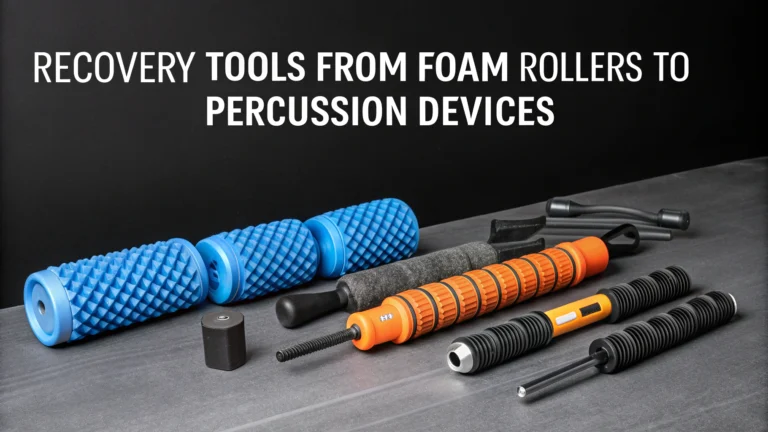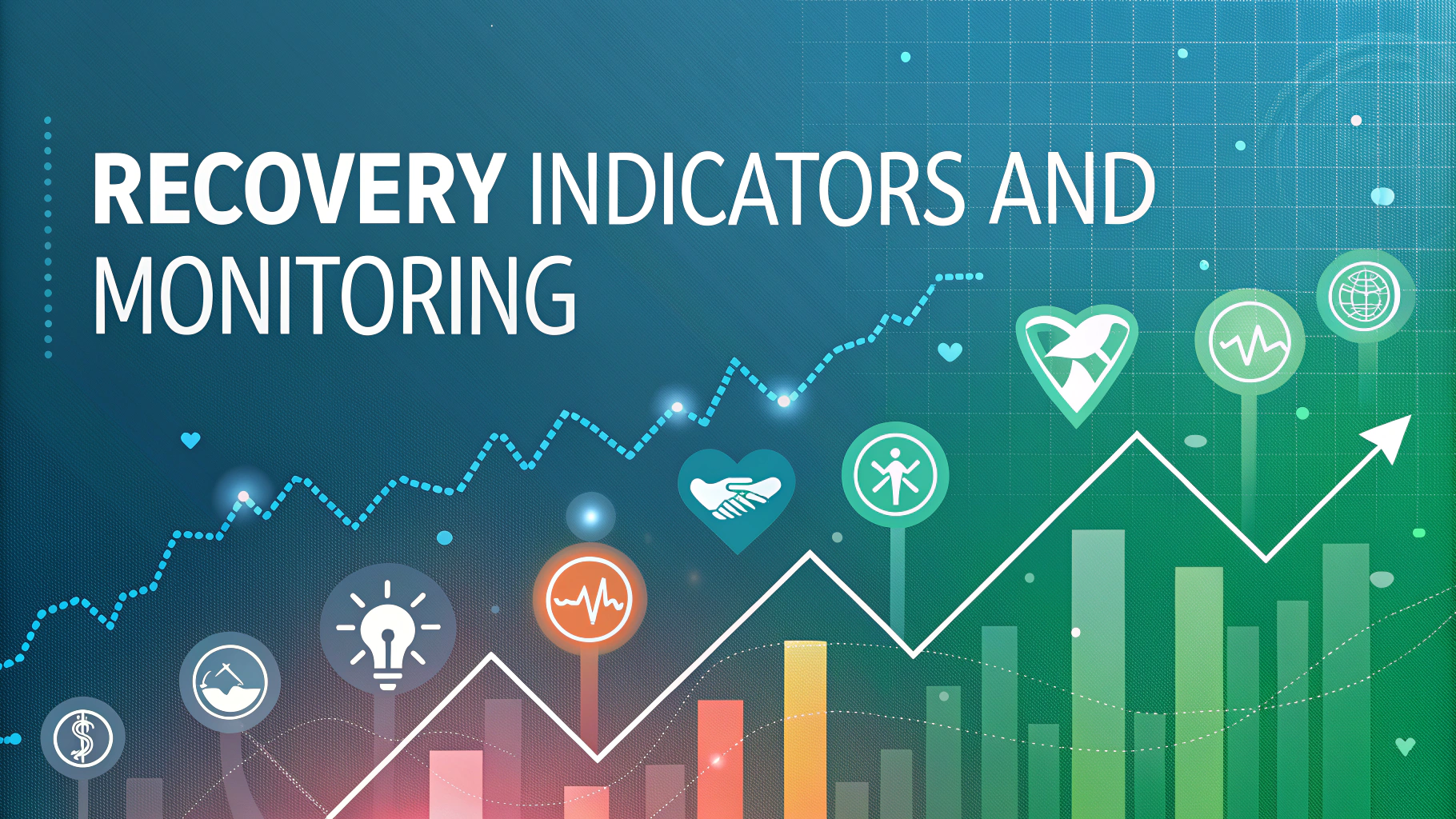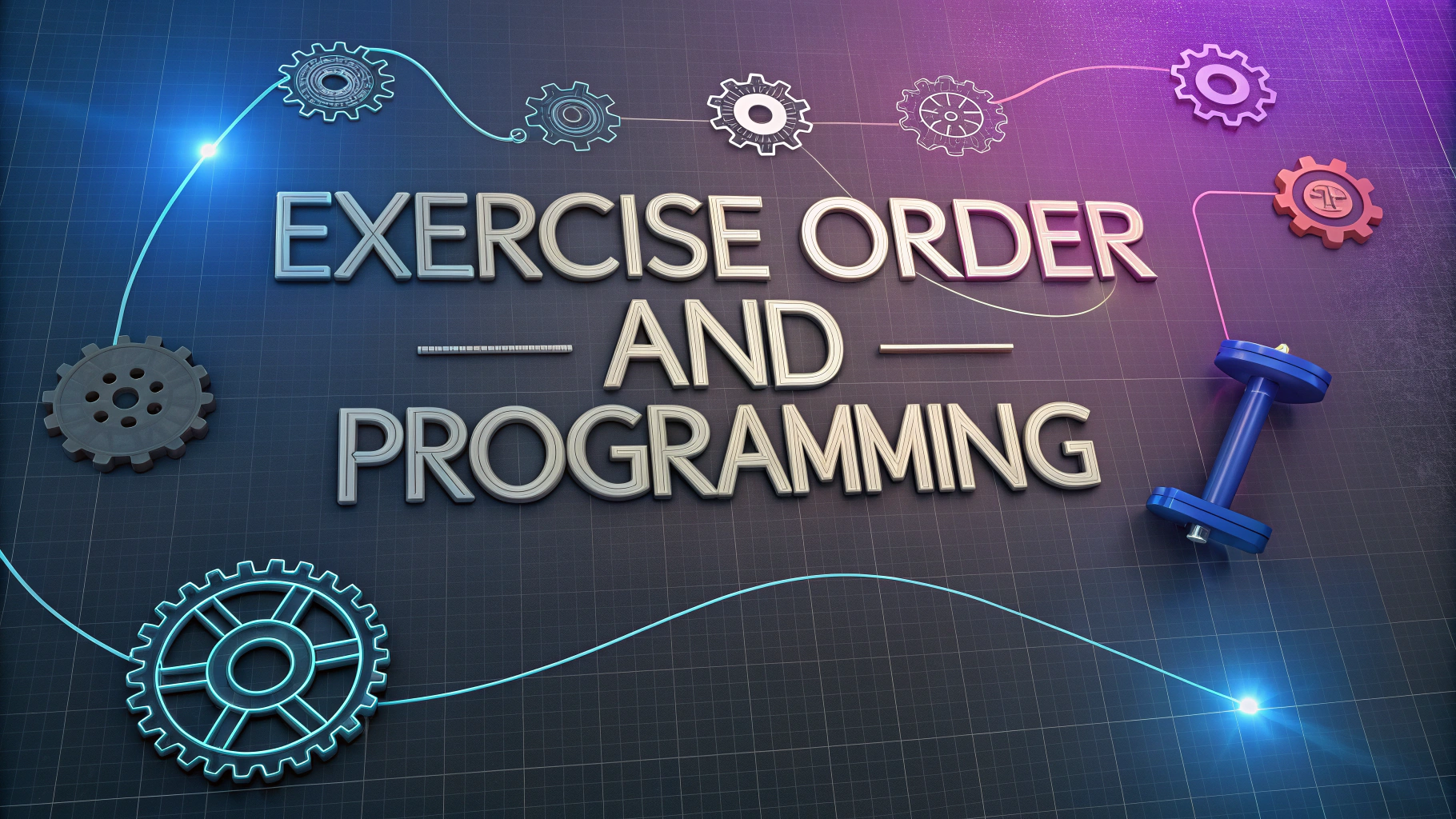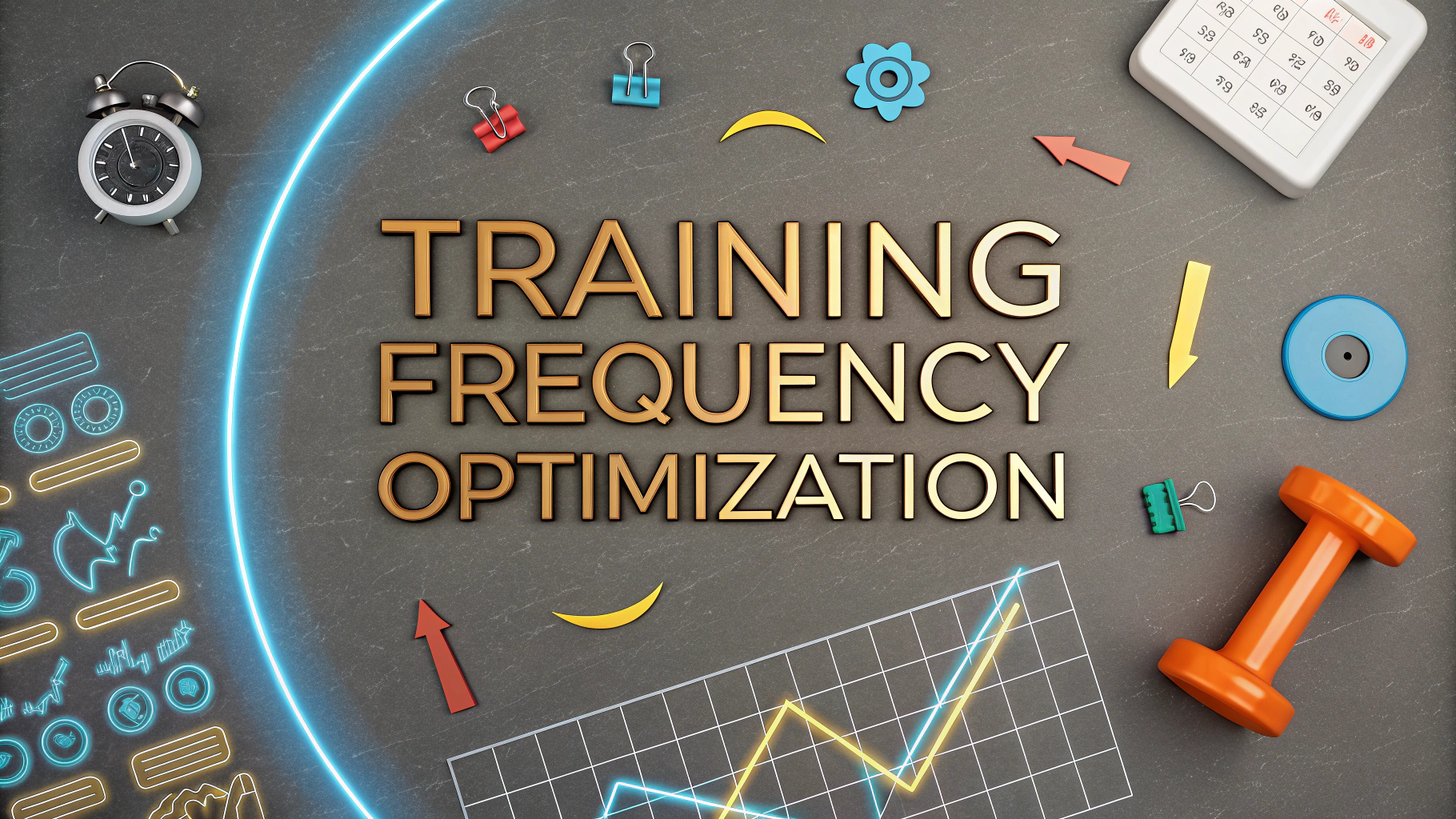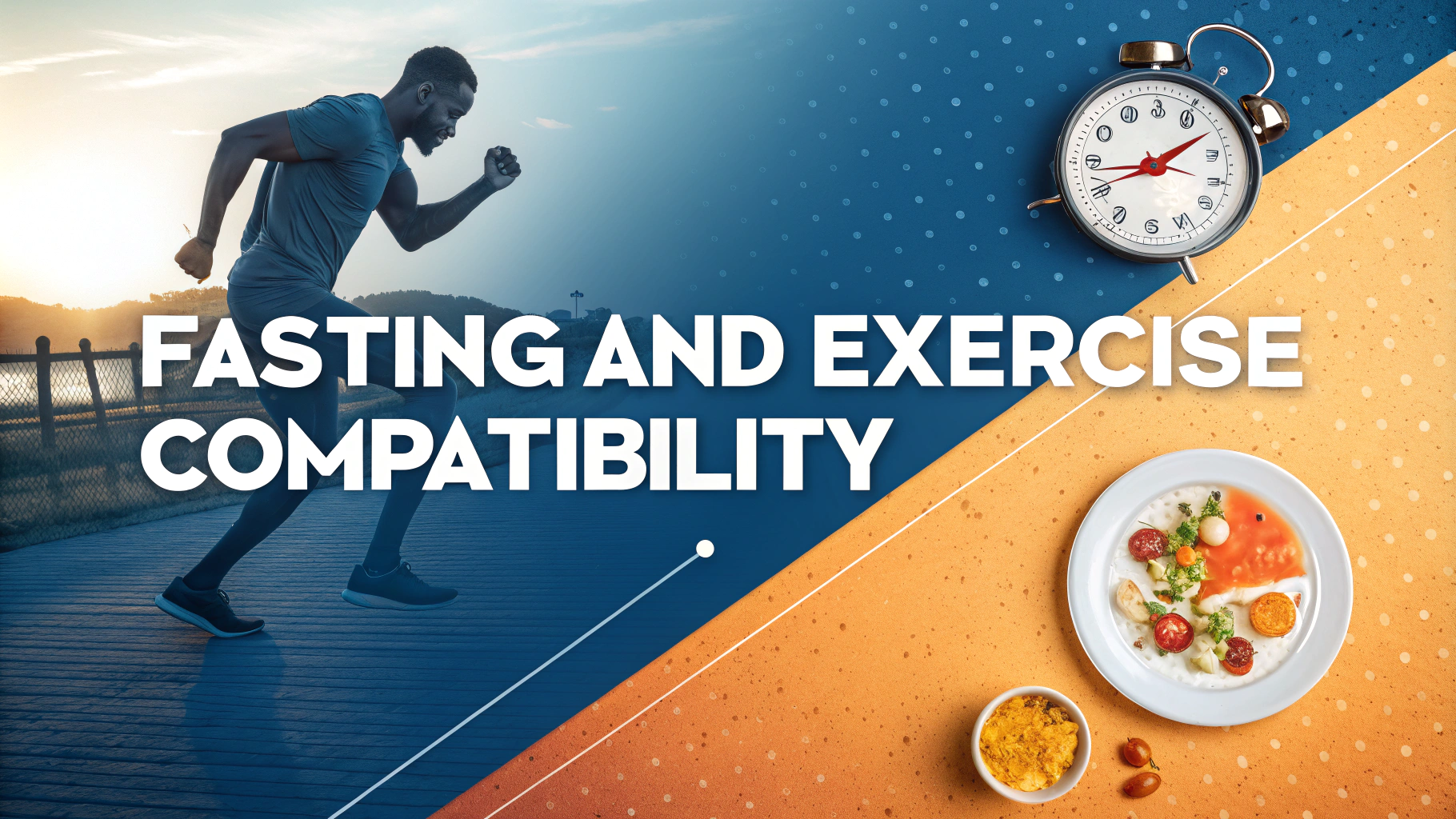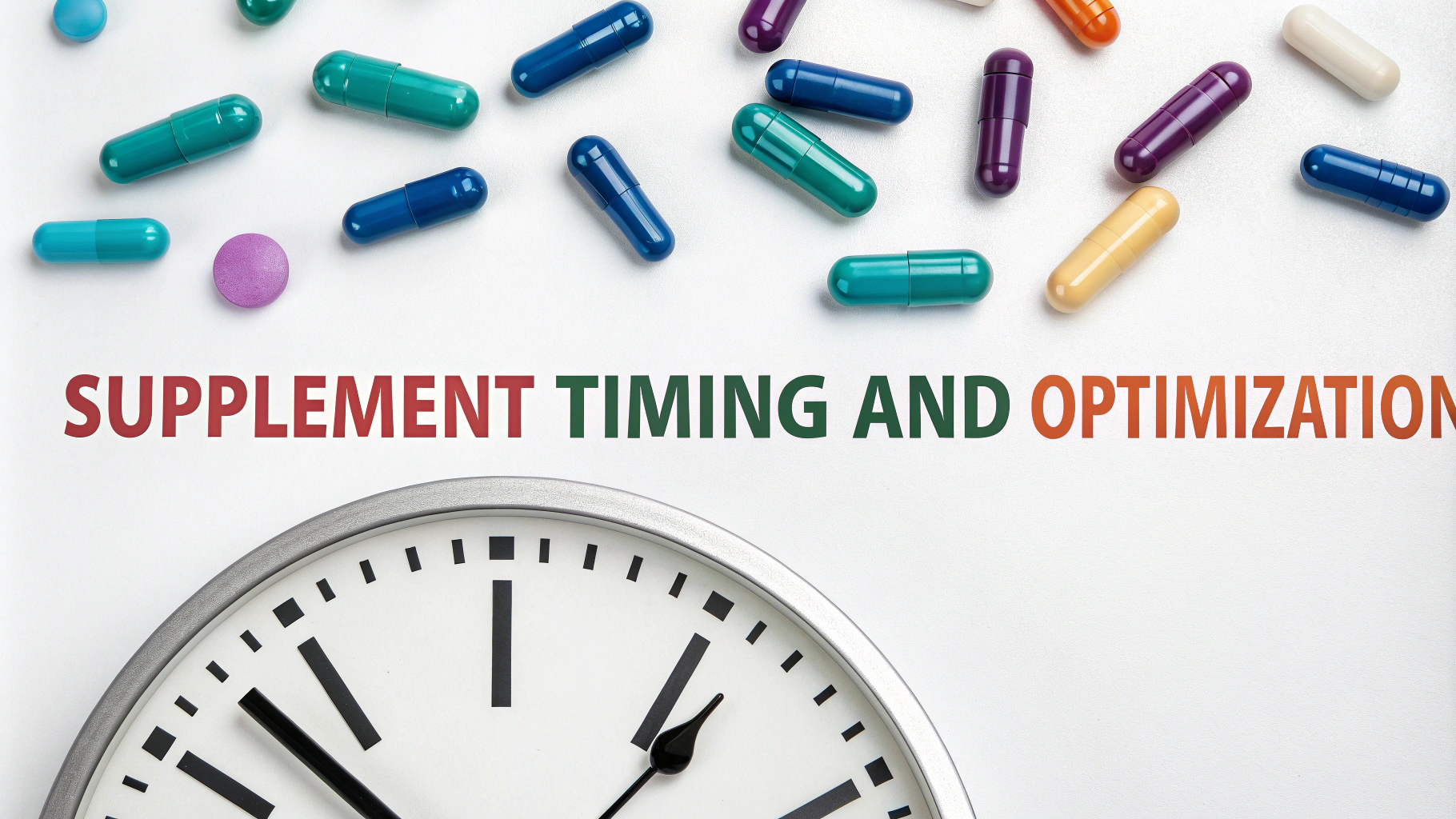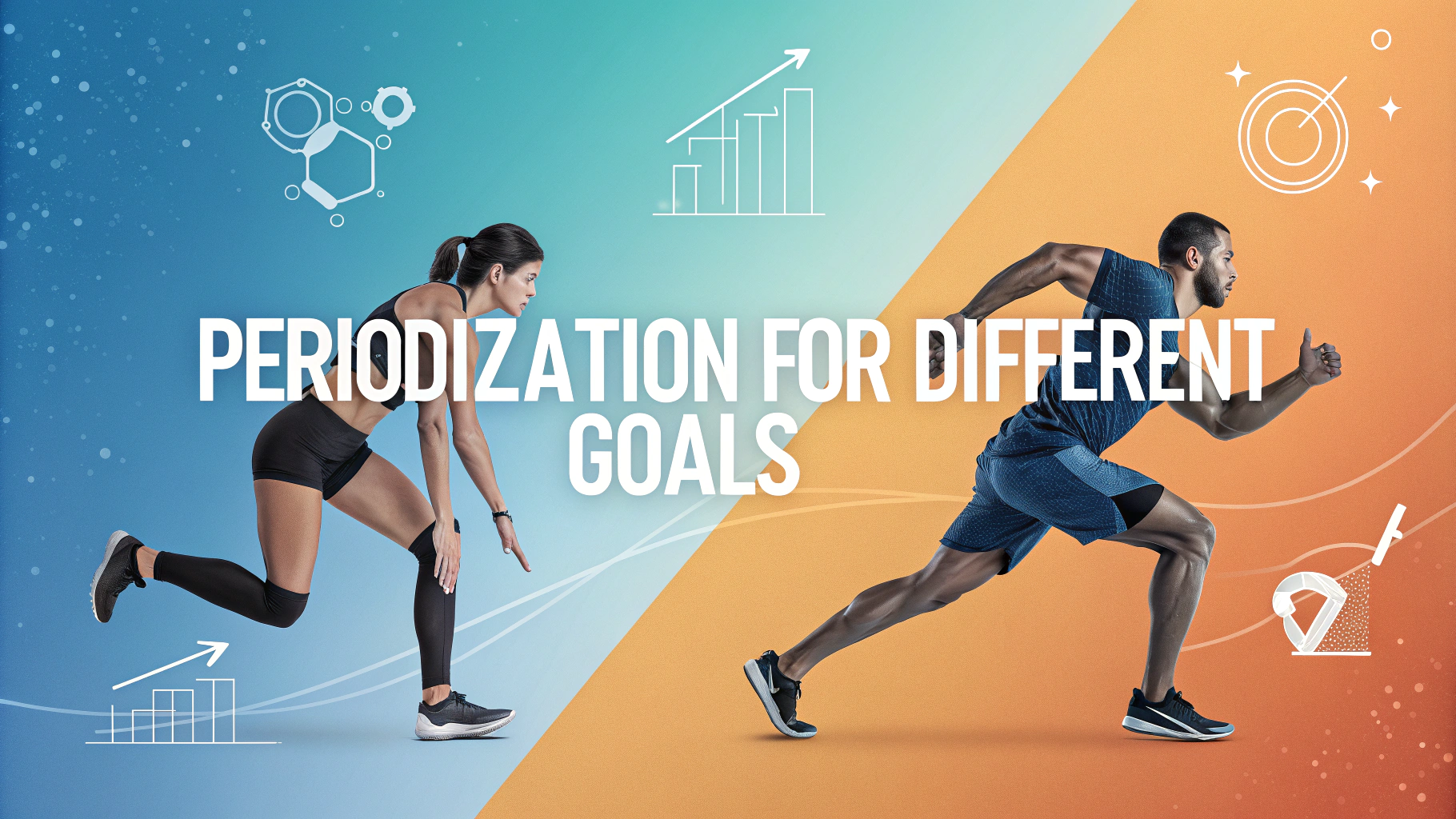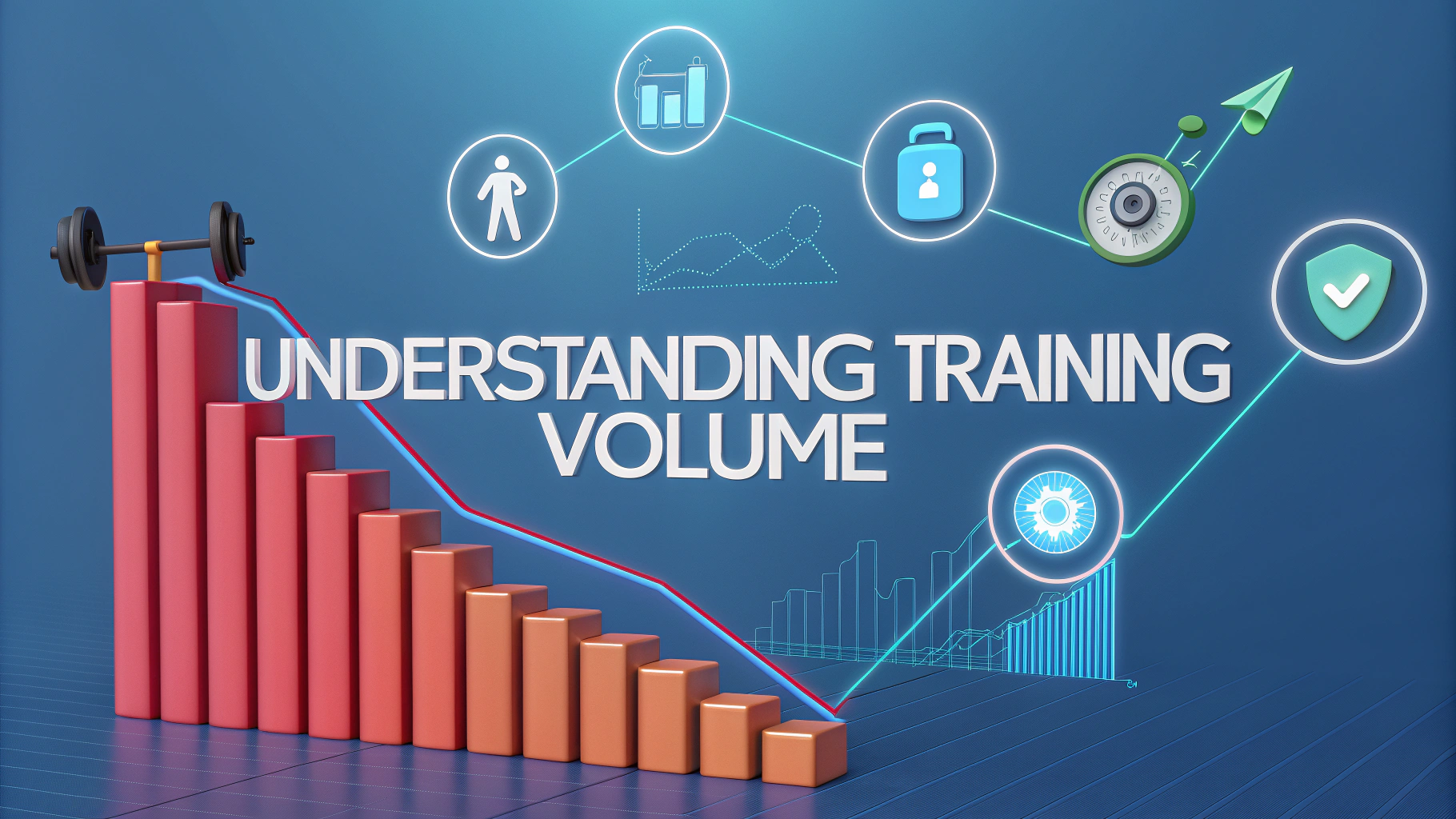Recovery tools have transformed how athletes and fitness enthusiasts bounce back from workouts, with options ranging from simple foam rollers to advanced percussion massagers.
Basic Recovery Tools
- Foam Rollers
- Standard density (softer) – best for beginners
- High density (firmer) – for experienced users
- Textured – targets trigger points
- Price range: $15-40
- Massage Balls
- Lacrosse balls ($5-10)
- Tennis balls ($2-5)
- Specialized massage balls ($10-30)
Advanced Recovery Devices
- Percussion Massagers
- Theragun PRO ($599) – Professional grade
- Hypervolt 2 ($299) – Bluetooth enabled
- Bob and Brad Q2 ($89) – Budget-friendly option
- Compression Boots
- Normatec 3.0 ($799)
- RecoveryPump RPX ($1,195)
Quick Recovery Tips
Roll each major muscle group for 30-60 seconds to release tension and improve blood flow.
Start with lighter pressure and gradually increase based on your comfort level.
Use recovery tools either before workouts to warm up or after exercise to reduce muscle soreness.
| Tool Type | Best For | Use Frequency |
|---|---|---|
| Foam Roller | Large muscle groups | Daily |
| Massage Ball | Specific trigger points | As needed |
| Percussion Device | Deep tissue work | 2-3x weekly |
Safety Guidelines
- Avoid rolling directly on joints or bones
- Stop if you experience sharp pain
- Stay hydrated during recovery sessions
- Consult a healthcare provider if you have existing injuries
For professional guidance on recovery tools, contact the American Physical Therapy Association at (800) 999-2782 or visit www.apta.org.
Recovery Tool Selection Guide
Choosing the right recovery tool depends on your specific needs, budget, and fitness level. Consider these factors before making a purchase:
- Experience Level
- Beginners: Start with foam rollers and massage balls
- Intermediate: Add percussion massagers
- Advanced: Consider compression systems
- Budget Considerations
- Entry-level: $20-50 for basic tools
- Mid-range: $100-300 for quality devices
- Professional: $500+ for advanced equipment
Maintenance and Care
- Foam Rollers
- Clean with mild soap and water
- Store in dry area
- Replace every 8-12 months with regular use
- Electronic Devices
- Follow manufacturer charging guidelines
- Keep attachments clean
- Check warranty terms
Conclusion
Recovery tools are essential investments for maintaining athletic performance and preventing injury. Start with basic equipment and gradually upgrade based on your needs and experience. Regular use combined with proper technique will maximize the benefits of these recovery aids.
Remember to integrate recovery tools into a comprehensive wellness routine that includes proper nutrition, adequate sleep, and appropriate training intensity.
FAQs
- What’s the difference between foam rolling and percussion massage?
Foam rolling is a self-myofascial release technique that uses body weight pressure over a foam cylinder, while percussion massage uses rapid pulses from a motorized device to target specific muscle areas with more precise, concentrated force. - How long should I spend foam rolling each muscle group?
Roll each muscle group for 30-90 seconds, focusing on tender areas (trigger points) for 10-30 seconds. Avoid rolling directly on joints or bones. - Is it normal to feel pain while using recovery tools?
Mild discomfort is normal, but you should never experience sharp or intense pain. On a scale of 1-10, the sensation should stay between 5-7, in the “hurt so good” range. - When is the best time to use recovery tools?
Recovery tools can be used both before exercise (to warm up muscles and increase range of motion) and after exercise (to reduce muscle soreness and promote recovery). They’re also effective on rest days. - How do I choose between different foam roller densities?
Beginners should start with softer, lower-density foam rollers. As tolerance increases, progress to firmer rollers. Textured or ridged rollers provide deeper tissue massage but require more experience. - What’s the difference between various percussion massage speeds?
Lower speeds (1500-2000 PPM) are better for warm-up and sensitive areas, while higher speeds (2500-3200 PPM) are more effective for deep tissue work and muscle recovery. - Can recovery tools help with injury prevention?
Yes, regular use of recovery tools can help identify and address muscle tension, improve flexibility, enhance blood flow, and maintain proper muscle function, all of which contribute to injury prevention. - How do compression recovery boots work?
Compression boots use sequential pneumatic compression to massage limbs from distal to proximal, helping to improve circulation, reduce swelling, and facilitate the removal of metabolic waste products. - Should I use recovery tools on injured areas?
Avoid using recovery tools directly on acute injuries, bruises, or inflamed areas. Always consult a healthcare professional before using recovery tools on injured areas or if you have medical conditions. - How often should I replace my foam roller?
Foam rollers typically last 8-12 months with regular use. Replace them when they show signs of significant compression, cracking, or loss of firmness.
